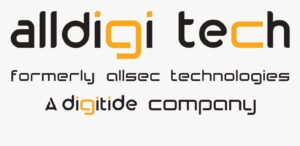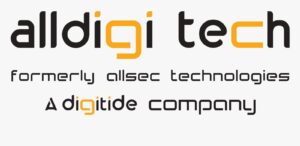
Debt collection trends to watch out for in 2020
Debt collection is one of the oldest-standing practices in the world, considered older than the history of money itself. It existed during the barter system, going as far back as 3000 BC. In those days, if debtors could not pay back their borrowings, they would have to work as slaves until the owed amount could be cleared.
Since then, industry practices and collection methods have evolved. With debt levels rising continuously across the world, businesses have had to innovate to ensure that they can recover their money and remain viable.
Today, the debt collection industry in the United States has a market size of $11.5 billion, according to IBIS World. However, traditional methods of recovering debt like invoice reminders, aggressive calls, or door-to-door collections, are proving to be unsuccessful. Inefficient collection processes based on poor strategies and imperfect models hike operating costs and also impact liquidity. According to a Collect Edge whitepaper, the industry average of delinquent debt collection rate stands at just 20%, compared to 30% a year ago.
Rescue via Digitization
A large number of delinquencies occur because companies do not track their customers effectively. Many of these defaults can be stymied if businesses can predict customers prone to non-payment, and avoid these situations before they arise.
Machine learning and artificial intelligence make it possible to forecast delinquent customers as well as default rates. Such insights will allow businesses to create plans for specific clients including automated reminders and personalized repayment options. In the coming year, more and more debt collection agencies and software will leverage AI-backed technologies to take preemptive action to reduce their exposure to debt.
Client Satisfaction
Technology-based debt collection will also lead to better client engagement. For obvious reasons, the debt collection industry is not a favorite among people. Apart from harassment from under trained professionals, sometimes the debt information is incorrect or even inflated. In fact, the Consumer Financial Protection Bureau said that in 2017, 39% of complaints in the US regarding debt collection were because customers were contacted for money they did not owe in the first place.
AI’s predictive analysis will not only improve forecast numbers, but it will also be able to analyze client communication preferences and the extent of chasing that each one will require.
Legislation Sensitivity
After the GDPR in Europe, the California Consumer Privacy Act will be rolled out in full-swing in January 2020. This will have a direct impact on debt collection strategies because creditors and agencies will have to alter the way they share information.
Additionally, new rules proposed by the Consumer Financial Protection Bureau has provided a debt collection letter template as well as limited the number of recovery calls that agencies can make in a week. Non-compliance with these regulations will have additional financial consequences for businesses.
In Summary
The beginning of the new decade will see a shift towards digitized practices and heavy reliance on technology. Collection strategies will also likely shift from aggressive methods to a more preemptive approach based on information and flexible payment options, making it a win-win for both parties.



